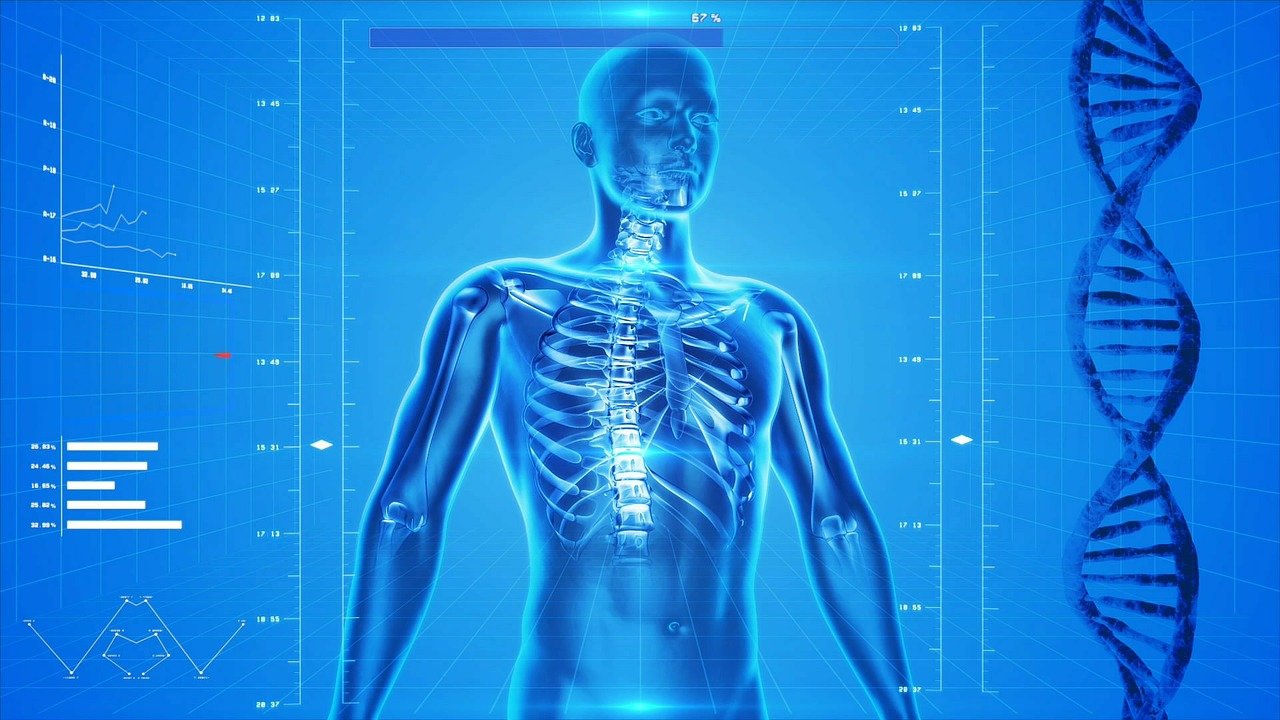In Atmospheric Chemistry terms, dust is defined as small and dry particles of solid nature propelled into the atmosphere by natural processes like wind or human activities like grinding, crushing, demolition, conveying, shovelling, bagging, screening, milling and sweeping. Both these types of dust can have adverse effects on human health, leading to the need for an effective piece of equipment like a dust monitor to minimise the risks. The particular diameter of a dust particle falls in the range of 1 micron to 100 microns. In nature, dust particles settle by two main natural processes, dry deposition and wet deposition. Dry deposition is the settling of dust particles under the influence of gravity, whereas wet deposition of dust particles is the settling of the particles due to processes like rain and snow.
Explored below are the sources, types and effects of dust on the human body:
Sources of Dust And Workplace Exposure to Dust:
Depending on where you work and the field, every individual is exposed to different kinds of dust. Some of the most common dust sources are riffling, vehicular traffic, calcining, drying, grinding, crushing, demolition, conveying, shovelling, bagging, screening, milling, and sweeping. Even indoors, individuals are exposed to dust. The significant sources of dust indoors can be centralised air conditioning systems, surfaces of objects contaminated with dust, outdoor pollution etc. Workplaces like cement factories and mines have very high dust levels in their immediate vicinity due to the various extraction processes involved in these industries.
Types of Dust In your Air:
Depending on which area you reside or work in, you may be exposed to different types of dust. Each type of dust has a characteristic health risk upon exposure. Few common types of dust are:
- Mineral Dust: The source of such types of dust is generally cement industries and mines. Mineral dust contains particles of cement and coal. Another significant component of these types of dust is free crystalline silica.
- Chemical Dust: The source of such types of dust is generally chemical industries and agricultural activities. Chemicals and pesticides remain suspended in the air in the form of aerosols and behave like dust.
- Metallic Dust: Many activities like grinding, smelting of ores, crushing, and welding suspends metallic dust in the air. The dust may consist of heavy metals like lead, nickel, beryllium and cadmium.
- Bioaerosols: These are organic particles that remain suspended in the air and act as dust particles. These organic particles can be microbial spores, moulds etc.
Effect of Dust on Human Body:
Dust can have catastrophic effects on the human body by causing dust toxicity. The most common exposure and entry point for dust into the human body are through inhalation. But fine dust can be absorbed into the body through your skin or any mucous membrane. When this dust gets into the bloodstream, it causes a systemic toxic effect. And that is why you need an efficient dust monitor to safeguard you against these hazards!
Summing Up:
Dust can affect human lives adversely; it causes hindrance in daily life. In the long term, dust can be the cause of various ailments that can cripple a life. Hence, monitoring and mitigating dust are critical.
Dust monitors can give you an accurate metric of the amount of dust you are exposed to daily. Based on this daily monitoring, an effective strategy and system can be implemented to mitigate the dust. One of the best ways to minimise the dust is by adhering to good housekeeping practices at the workplace and home. For more stubborn and technical dust management, various effective technologies are available that can be explored.
